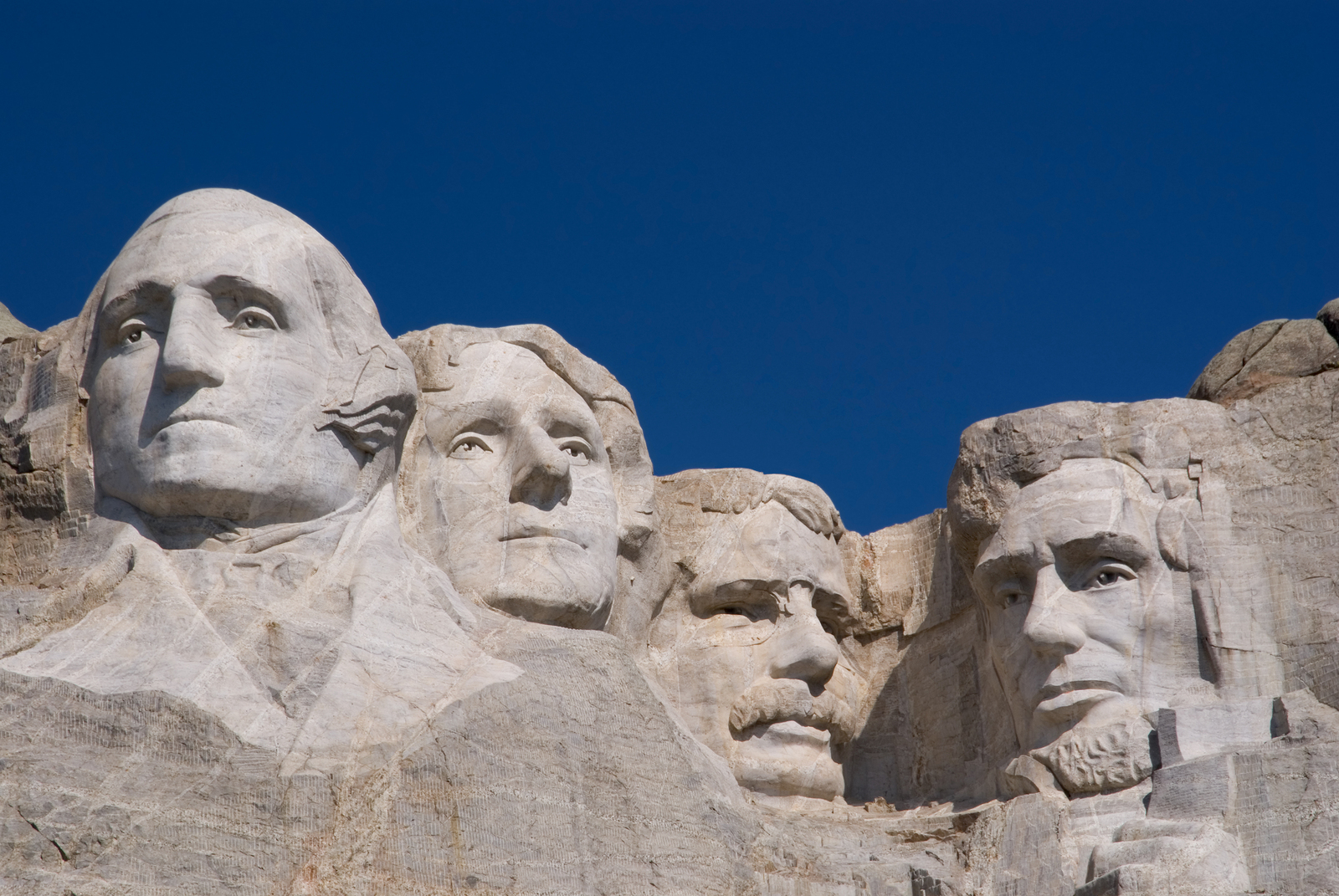
Is Your Reputation Being Built to Last?
Published in LeadershipMount Rushmore turns 75 this year.
As summer arrives and tourists take to the roads, Mount Rushmore will be among the top sites visited.
The history and circumstances surrounding this epic American landmark provide an opportunity for those in charge to consider how their vision, leadership style, and the results they achieve affect their reputation.
Four key themes—teamwork, integrity, persistence and legacy—tell the story of how Mount Rushmore became America’s shrine to democracy.
Teamwork
At the most basic level, every organization is a three-legged stool of sales, operations and finance.
For the Mount Rushmore project, South Dakota historian Doane Robinson is credited with conceiving the idea of carving the likenesses of famous people into the Black Hills region of South Dakota to promote tourism in the region. He was the visionary, the sales guy, the driving force. Danish-American sculptor Gutzon Borglum and—when he died one year before the project’s completion—his son Lincoln Borglum were responsible for turning Robinson’s vision into reality. They were, in effect, the operations part of the team. U.S. Senator Peter Norbeck of South Dakota was considered “Mount Rushmore’s great political patron” because he secured the federal funding.
Ask: Do we have the horsepower on our team to drive the results we expect? Of the three key roles in any firm—Sales, Operations, Finance—where are we strongest? Weakest? Who do we need to add or develop to complete our team?
Integrity
In 1924, Robinson persuaded Borglum to travel to the Black Hills region to determine where and how best to complete the monument. Robinson’s original idea was to situate the monument in an area known as the Needles, but Borglum rejected that idea because the eroded Needles were too thin to support sculpting. Borglum instead chose Mount Rushmore, which—with its southeast exposure to the sun and solid foundation—he viewed as a grander location and one capable of supporting the carvings.
Ask: Do our values provide a solid foundation for how we run our business? On a scale of 1 to 10 (with 10 being the best) how would I rate the level of trust in our organization? What factors caused me to answer the way I did? How would those who report to me answer? What changes must we make to increase the trust level in our organization?
Persistence
The entire memorial of Mount Rushmore covers 1,278.45 acres (2.00 square mi; 5.17 km) and is 5,725 feet (1,745 m) above sea level.
Between October 4, 1927, and October 31, 1941, Gutzon Borglum and 400 workers sculpted the 60-foot (18.29 m) faces of American presidents George Washington, Thomas Jefferson, Abraham Lincoln and Theodore Roosevelt.
The image of Thomas Jefferson originally was planned to appear to Washington’s right, but workers discovered the rock was unsuitable, so the work on the Jefferson figure was dynamited, and a new figure was sculpted to Washington’s left. More than 400 tons of rock was blasted from the mountain. In the 14 years of performing this hazardous undertaking, not one worker died.
Ask: What am I willing to do—perhaps even to sacrifice—to get what it is that I say I want? What am I not willing to do?
Legacy
Robinson proposed the figures on Mount Rushmore be western heroes, including Lewis and Clark and Buffalo Bill Cody. Borglum persuaded Robinson that the faces of American presidents would offer a broader and more lasting appeal, and the sculptor selected Washington, Jefferson, Lincoln and Roosevelt because of their role in preserving the Republic and expanding its territory. “America,” said Borglum, “will march along that skyline.”
After 14 years of construction, Mount Rushmore opened 75 years ago on October 31, 1941—five weeks before Pearl Harbor.
Today, Mount Rushmore attracts more than 3 million visitors annually.
Ask: If I was being honored for my life’s work, what is the achievement I will celebrate and the legacy I will leave to others?
Decisions leaders make today can have far-reaching implications on dozens, hundreds, sometimes thousands of people.
In the late 1800s, British writer James Allen noted, “All that a man achieves and all that he fails to achieve is the direct result of his own thoughts.”
What lasting reputation are you building today?
Ready to reset?
Attend my free Accountability webinar: I Did It! to set and achieve your 2021 goals.
- February 17th from 11 AM – 12:30 PM Central Time
- My free webinar will help you:
– Sharpen your personal goals
– Improve time management
– Tackle tough work-related issues
– Support remote workers
Learn More
To dive even deeper into the topic of accountability, I invite you to purchase a copy of my bestselling book, “Accountability: The Key to Driving a High-Performance Culture.”
Become a better leader.
Download my three free e-books.
Free Tips
Sign up to receive free tips on business, leadership, and life.
Get My Latest Book
HOW LEADERS DECIDE
History has much to offer today’s current and aspiring leaders.
Business schools teach case studies. Hollywood blockbusters are inspired by true events.
Exceptional leaders are students of history. Decision-making comes with the territory.



